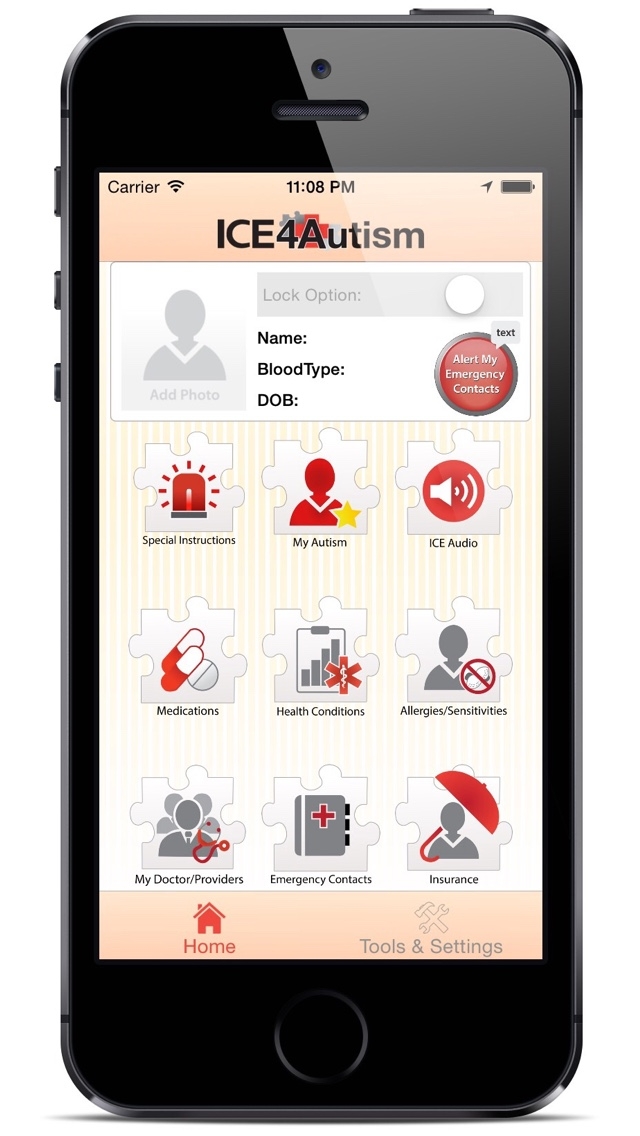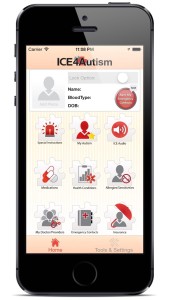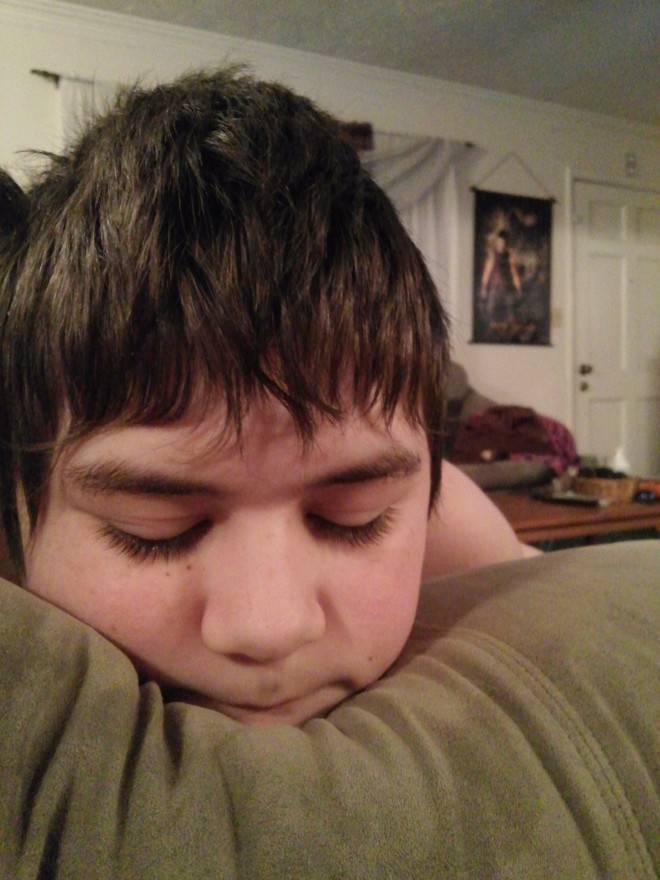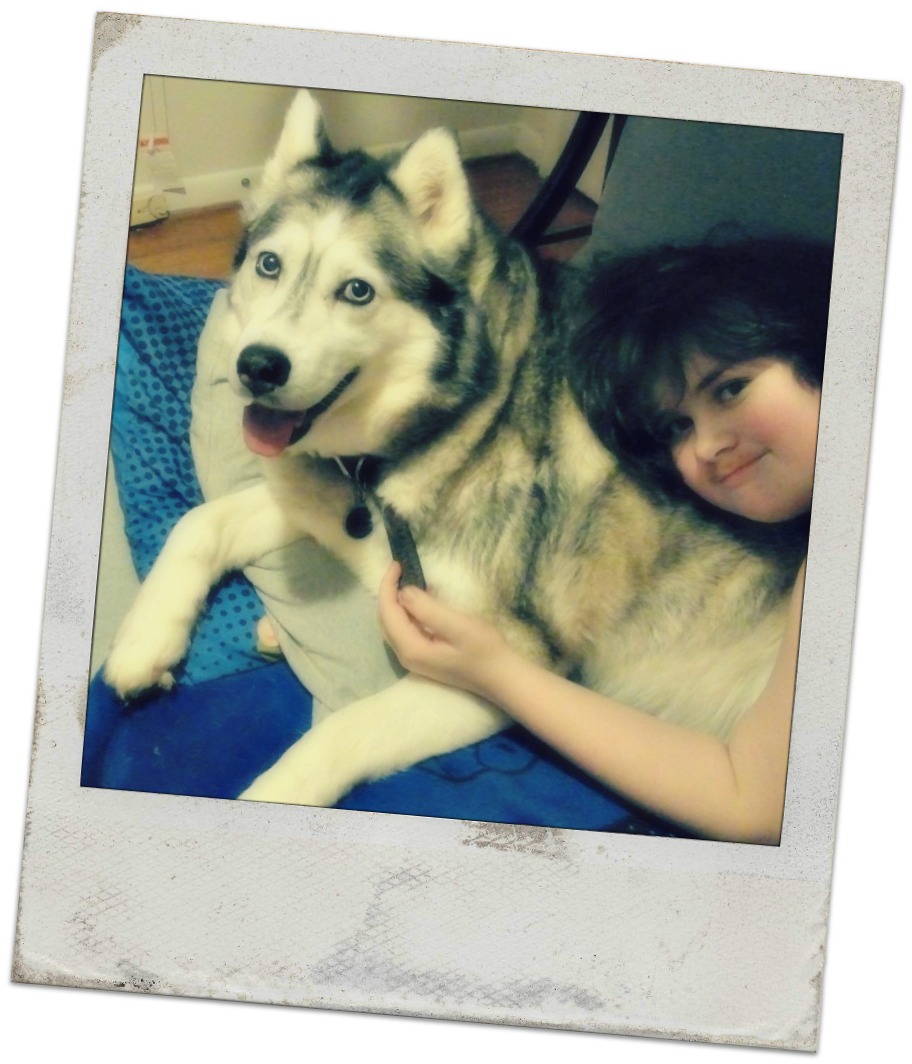Just because a person can’t speak doesn’t mean they have nothing to say.
Communication is a basic human need. In fact, it falls fairly predominantly in the middle of Maslow’s Hierarchy of Needs, under “Social Belonging.” The ability to communicate makes it possible to exchange opinions, thoughts and meanings, enabling us to express ourselves and show our own points of view.
Autistic people with little to no speech have the same communication needs as the rest of us! As I teach in my autism training for emergency responders course, there is a huge misconception that being a nonverbal autistic is synonymous with “low functioning” autism, or even having a low IQ. In my experience, this couldn’t be further from the truth.
Nonverbal people often have extremely vibrant imaginations, intense emotions, passionate interests and a brilliant intellect. They just have to work a little harder and more creatively to convey these things in a neurotypical society that relies on spoken words and often-misread body language.
Communication on scene
When you arrive on a scene as an emergency responder, communication with your patient is vital. Where I work, I frequently face language barriers, making it challenging to obtain key information in order to treat the patient with the right protocols and do no further harm. The situation is magnified because the patients and their family members typically don’t understand what I am asking them, nor can they communicate what they are feeling and experiencing, and what medical interventions they need from me.
That’s one advantage (and another debunked myth!) of communicating with a nonverbal person on scene – nonverbal DOES NOT EQUAL non-hearing. This is a huge plus when your patient understands what you are asking.
Knowing this, here are some tips to communicate with a nonverbal autistic on scene:
- Use the caregiver. Find out from the caregiver if you can: what is their primary means of communication – what kinds of body language are they familiar with? Do they clap for yes? Do they use sign language? Gestures? Most times, family members are a WEALTH of knowledge on scene when it comes to autism.
- Seeing eye to eye. People with autism may not give you direct eye contact, but simply sitting or kneeling so you are at the same level as your patient speaks VOLUMES in gaining rapport. Sometimes that’s all it takes to help alleviate the fear of an emergency situation, therefore helping to get the person out of defense mode and more able to communicate with you in their own way.
- Narrate. It may sound silly, but even if you can’t communicate with your patient and get no response whatsoever, remember THEY CAN HEAR YOU. Unless it’s a critical patient, I will always announce exactly what I’m about to do to a patient, and continue to ask questions as I’m doing it, looking for any sign of understanding in their face or body language.
- Offer choices. Asking a nonverbal patient, “Do you want X (and point to or hold up what you are referring to) or Y? (point to or hold up the alternative choice)” can open lines of communication and help them feel more in control of the situation. Remember, the less they feel in control of what’s happening around them, the more a complete shutdown of the nervous system is imminent.
- Pen and paper. Simple, simple, simple… always keep a notebook and pen in your pocket! Sometimes even adults with autism that are verbal lose their ability to communicate under distress. The opportunity to write down their needs can make the scene run safely and smoothly.
- The Sign Expressions Language Mini Chart for Emergencies. This mini chart includes photos, words, and phrases to help facilitate communication during an emergency, including HELP, INTERPRETER, ALLERGIES, the Alphabet (Spanish and English) and Numbers. Our trilingual sign language mini chart is pocket sized (4″ by 6″) and include many important words to use during an emergency situation by First Responders, Health Care Professionals, and many others.
- Phone it in. Okay, not literally, but… our smartphones have become almost necessary on scene these days. They help us with language interpretation, drug calculations, pregnancy due dates, and of course, patient reports en route to the hospital. It may be helpful to also have an app for nonverbal autistics on your phone. Here is a list of apps available through iTunes, as well as Google Play.
Over to you…
Have you encountered a nonverbal autistic child or adult on scene? What worked for you? Share by commenting below!




















